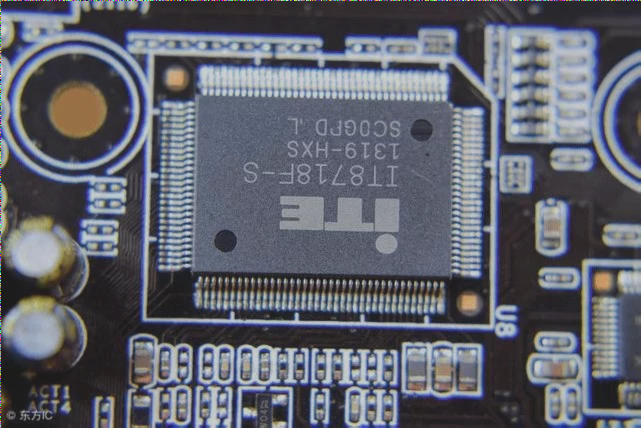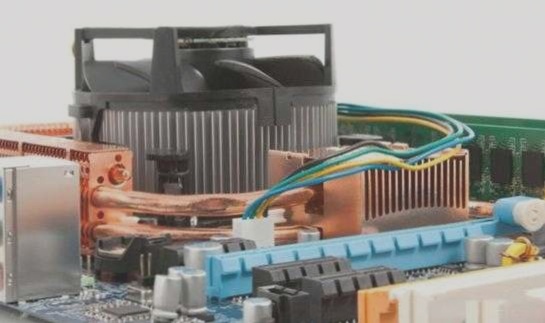Factors Contributing to Component Displacement in Surface Mount Technology (SMT)
Refining the passage aims to maintain its length and numbering while focusing on pinpointing causes of SMT issues like component displacement and emphasizing the importance of promptly addressing them for optimal PCB quality.
Factors Contributing to Component Displacement in Surface Mount Technology (SMT) Read More »







